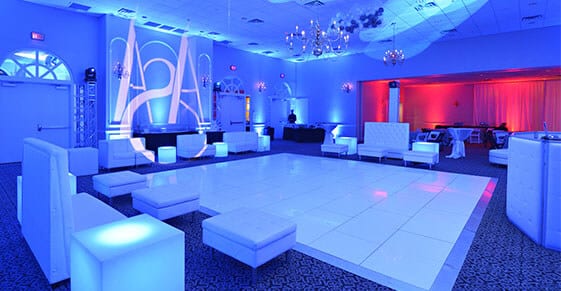Securing Protection and Enjoyment on the Dancing Space: Recognizing and Reducing Common Risks
Securing Protection and Enjoyment on the Dancing Space: Recognizing and Reducing Common Risks
Blog Article
Dancing activities is a well-liked activity that brings people collectively, regardless of at a party, a club, or a special occasion. Yet, although dancing can be a lot of fun, it is crucial to maintain safety in mind. The dance floor can pose various risks that may lead to accidents or incidents if not addressed properly. By recognizing and mitigating these frequent hazards, function organizers and dancers can ensure a secure and pleasant experience for all.
One of the most significant hazards on the dance area is the threat of slipping up or falling. This can occur due to liquid accidents, uneven ground, or overcrowded spaces. To avoid these accidents, it is crucial to maintain a tidy and clear dance space. Event coordinators should regularly check the area for any spills or debris and clean them up immediately. Furthermore, making sure that the dance floor is adequately lit can help dancers identify potential hazards, lessening the chances of slipping. Dancers should also be cognizant of their environment, steering clear of crowded areas where they may be shoved or stumbled.
Another common problem on the dance floor is the potential for injuries caused by too many people. When too many individuals gather in one area, it can lead to bumps, bruises, and even more serious injuries. To avoid overcrowding, locations should establish a limit capacity for the dance floor and monitor it closely. Event coordinators can use barriers or cords to create designated areas for dancing, which can help control crowd flow. Additionally, motivating dancers to be conscious of their space and to consider others can create a more secure environment for everyone.
Injuries can also happen from unsuitable footwear. Wearing shoes that are not suitable for dancing can lead to slips, injuries, or foot damages. Dancers should select footwear that provides proper support and grip. Event coordinators can encourage guests to choose appropriate shoes by adding this information in invitations or communications. Providing a location for dancers to store their shoes can also help keep the dance area safe and free from potential risks.
Lastly, it is vital to consider the importance of health and wellness on the dance area. Staying hydrated is crucial, especially during extended periods of dancing. Dehydration can lead to dizziness, fatigue, and other health concerns. Event organizers should provide hydration stations or invite guests to bring water bottles. Additionally, it is imperative for dancers to pay attention to their bodies and take breaks as necessary. this hyperlink By encouraging a healthy atmosphere, everyone can enjoy dancing while minimizing the threat of health-related concerns.
In conclusion, ensuring security and enjoyment on the dance floor requires consciousness and preemptive measures. By identifying hazards such as slips, overcrowding, unsuitable footwear, and health issues, event coordinators and dancers can collaborate together to create a safe environment. Taking these actions not only avoids mishaps but also enhances the overall experience for all involved. With proper precautions, the dance area can remain a website link space of fun and camaraderie for all.